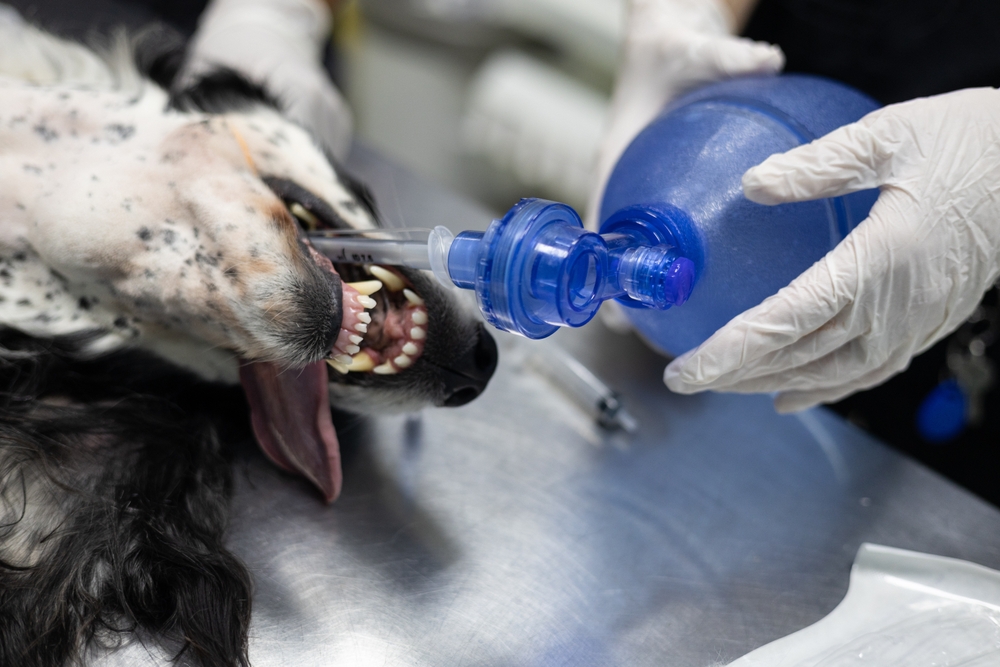Source: AVMA
Veterinary patients undergoing anesthesia are at risk of cardiopulmonary arrest (CPA), though CPR can often revive them. Dr. Daniel Fletcher from Cornell University highlights that CPA in general practice is frequently anesthesia-related, with Veterinary return of spontaneous circulation (ROSC) rates at 35%-55%, compared to 61% in human medicine. Survival to discharge rates are lower in Veterinary patients (6%-19%) than in humans (25%), but better for anesthesia-related arrests.
The RECOVER Initiative released updated CPR guidelines, emphasizing tailored chest compressions, enhanced breathing support methods, and updated medication protocols. These guidelines, available in the Journal of Veterinary Emergency and Critical Care, aim to standardize and improve CPR outcomes. Dr. Fletcher stresses the importance of good anesthesia monitoring and preparedness to prevent CPA. Training and certification for Veterinary professionals are being expanded to ensure high-quality CPR and improve survival rates for pets.
Read the full story HERE: https://www.avma.org/news/revised-cpr-guidelines-dogs-cats-emphasize-speed-standard-techniques

